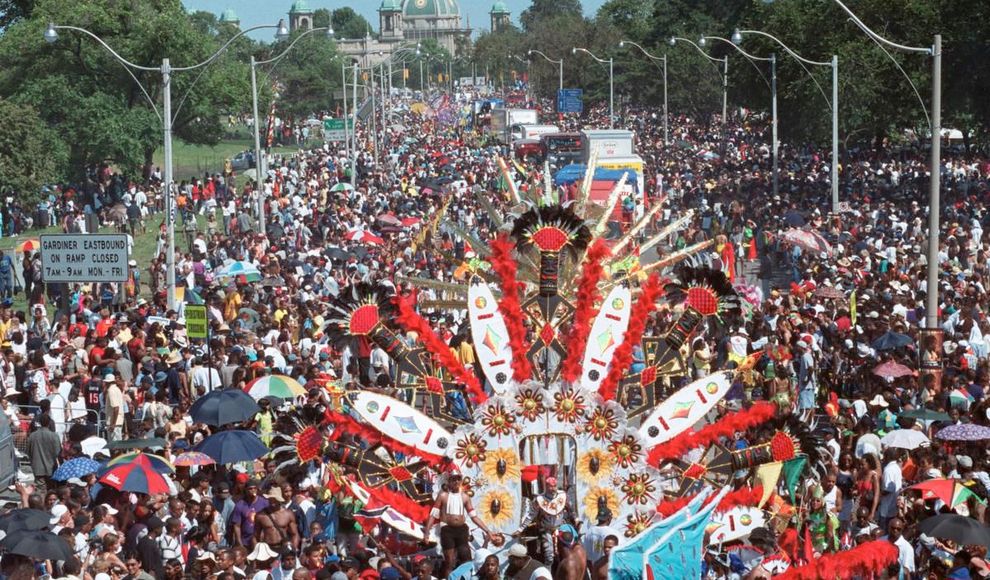Most of the now famous and popular festivals appeared in the 1950s. Their development and the constantly increasing volume of activity are associated not only with the renewal of types of spectacular communication in the structure of modern urban culture, but also with global political changes. At this time, in international documents and in practical politics, the concept of a single European space is being formed and approved, in which each country, preserving its historically established political institutions, national and cultural identity, is part of a common interstate space. Along with the formation of a new international political order, this also led to the formation of a common European cultural space, in which the network of the largest international festivals plays an important integrating role as a prestigious field for international artistic exchange, demonstration of the best achievements of national cultures. …
The festival can function both as a one-time and as a systematically repeated cultural event. The practice of performing arts festivals as one-off events has not been widespread in Europe in recent years. As a rule, these are cultural events dedicated to the anniversaries of art workers and historical dates. Funding for such projects, as a rule, is focused on the following sources: – grants from cultural commissions of international political institutions, such as the Council of Europe, the European Economic Community, UNESCO, grants from international cultural organizations themselves and funds from their national committees.
Festival projects can be categorized as non-commercial, as their program settings are dominated by an orientation towards the professional artistic consciousness of an artist or a sophisticated connoisseur of new aesthetic concepts.
